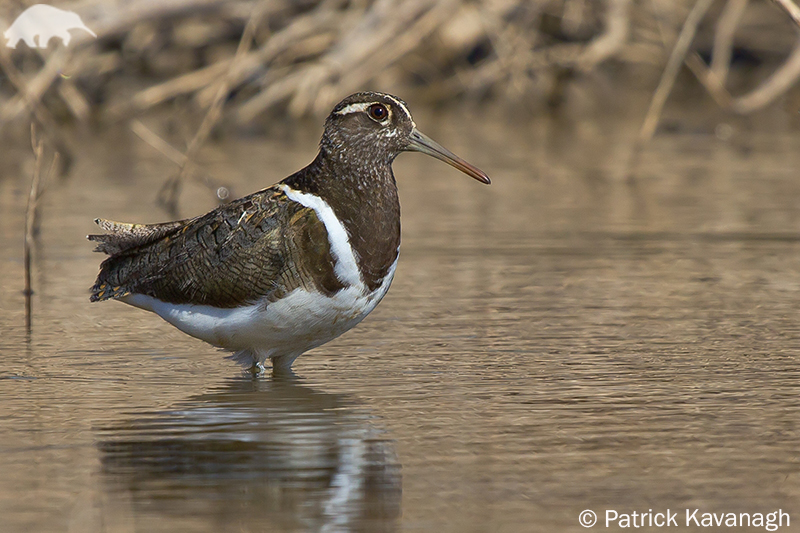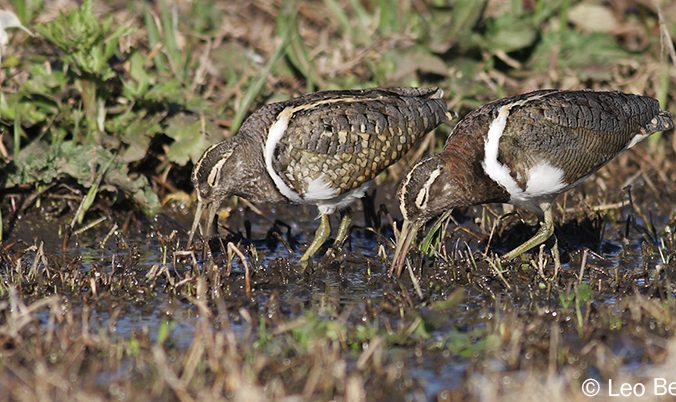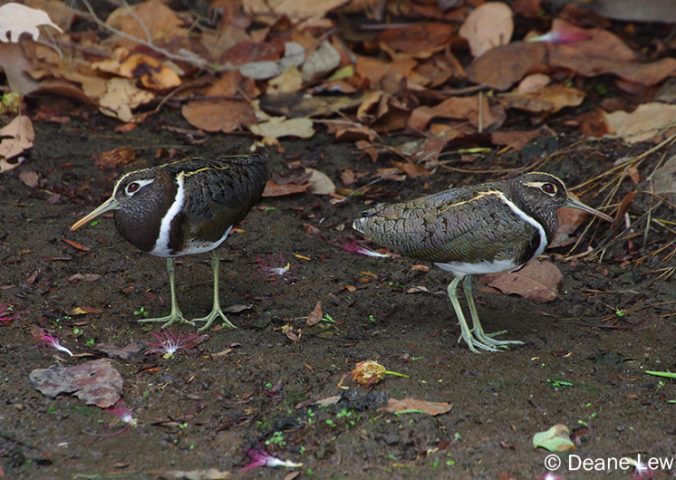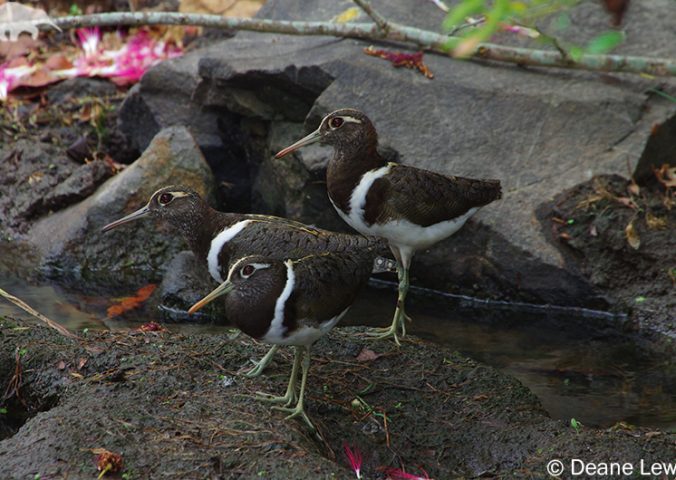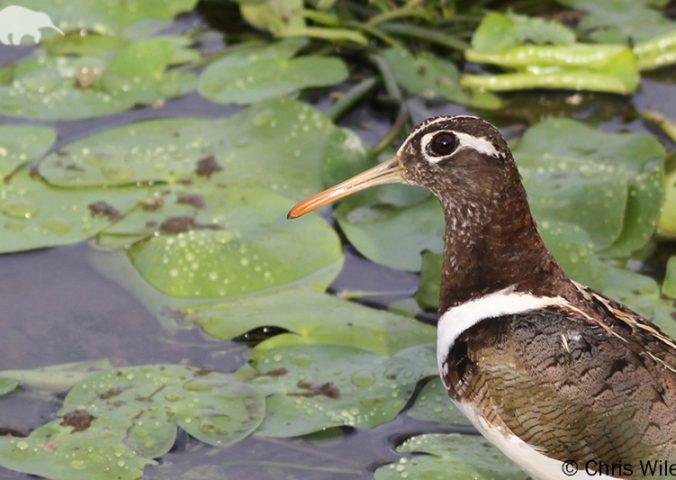About
This Australian endemic bird occurs widely but unevenly across the continent.
It is found in a variety of wetland habitats, from permanent and temporary lakes and claypans to swamps and marshes. The species belongs to a small family of only three members – the Rostratulidae. Despite similarities in appearance this family is not closely related to the snipes. Although this species has a large range it is classified as Endangered as much of the wetland area it relies upon, especially in regions of greatest abundance and breeding, have been denied water supply and converted for human use. Indeed, since Europeans arrived in the country Australia has lost almost half of its freshwater wetland habitat. This has had a severe impact on Australian Painted Snipe numbers, which rely on this habitat to survive. In particular, the regulation of river flows, reduced inundation of floodplains and diversion of water from wetlands to agriculture in the Murray-Darling Basin has had serious consequences for the painted-snipe. Invasive plant species have been able to establish in some areas, out-competing native vegetation. In Queensland introduced grasses have smothered wetlands, leaving no open areas for the Australian Painted Snipe.
- Order: Charadriiformes
- Family: Rostratulidae
- Population: 1,000-1,500
- Trend: decreasing
- Size: 22-25 cm
EDGE Score
Distribution
Endemic to Australia, they are found in the wetlands of every mainland state and territory, but is more common in the east.
Habitat and Ecology
They are found primarily on shallow, freshwater wetlands including swamps and calypans, and also in permanent and temporary lakes favouring areas with short or discontinuous cover. They are omnivorous, feeding on worms, insects, molluscs, crustaceans, plants and seeds. They are solitary, and breeding has been recorded throughout the year. Females usually rear offspring opportunistically according to habitat availability, laying an average of 3–4 eggs per clutch. Incubation lasts for between 15–21 days. The males assume parental care from incubation to brooding.
